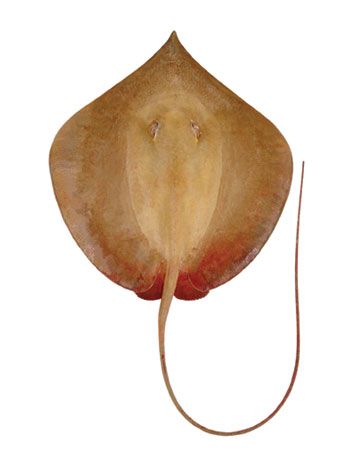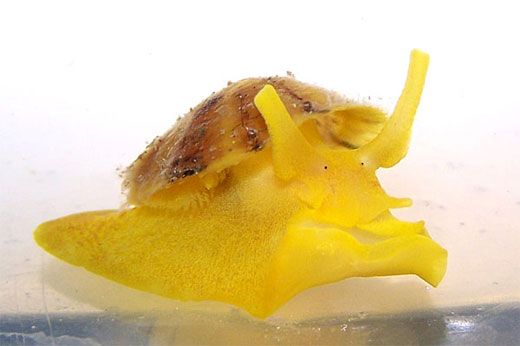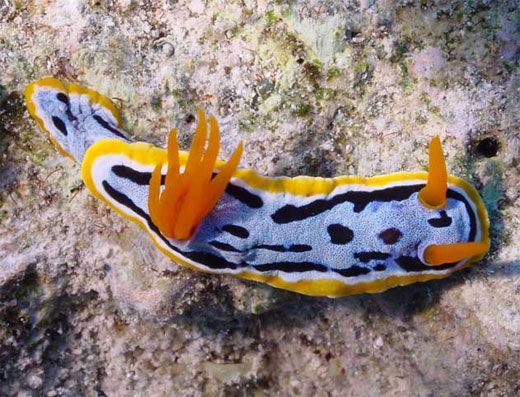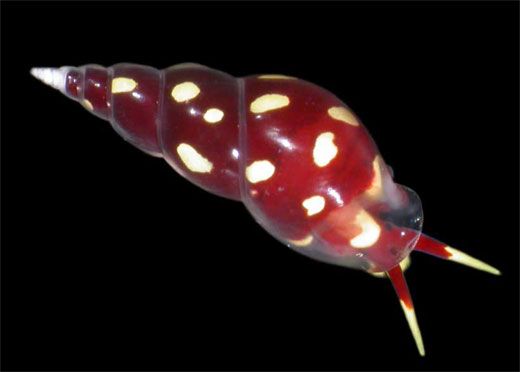Species Explosion
What happens when you mix evolution with climate change?
/https://tf-cmsv2-smithsonianmag-media.s3.amazonaws.com/filer/species-slug.jpg)
Already this year researchers have announced the discovery of a bunch of new species: 6 types of bats, 15 soft corals, thousands of mollusks and 20 sharks and rays, to name a few. If a report issued in 2006 by the Census of Marine Life—conducted by more than 2,000 scientists in 80 countries—is any indicator, we will see a bumper crop of new animals in the years ahead, too. These discoveries, from the Hortle's whipray to the Bali catshark, are partly the fruits of new technology like DNA bar coding, which allows scientists to use genetic differences to tell one species from another. But that isn't the only reason: Evolution actually speeds up in the tropics, research has found, and global warming is making it happen that much faster.
The planet is heating up at a very rapid rate; by the year 2100, scientists predict an increase of anywhere from 2 to 12 degrees. This is not the first time earth has gone through a warming phase, however. About 50 million years ago—10 million years after the dinosaur's demise—the planet went through a period called the Paleocene-Eocene Thermal Maximum in which temperatures rose 12 degrees in 10,000 years. That increase changed rainfall patterns and ocean acidity, causing a massive species extinction. But many species survived and evolved into their modern descendants. Right now might mark the very beginning of a similar period of every-species-for-itself, as plants and animals adapt to climate change with striking quickness.
The advantage in this evolutionary race goes to warm-weather animals, who are taking territory and precious food sources from their cool-weather cousins. "Species that typically would be restricted to the tropics or subtropics are increasingly found north of where they were," says evolutionary biologist Stephen Palumbi of Stanford University, author of The Evolution Explosion. Swordfish traditionally seen in the Gulf of Mexico and Mediterranean have been spotted off the coast of Norway; shallow-water squid that normally call California waters home have been found as far north as Alaska. As these and other species commandeer space and resources, they bring with them their arsenal of DNA, so that their descendants will be even better biologically suited for warmer conditions.
Evolutionary biologist Shane Wright of the University of Auckland, New Zealand, has shown that species evolve more than twice as fast in tropical zones as in temperate areas. As squid encounter warmer weather, for example, their bodily functions speed up and they reproduce more often, says Wright. As their population explodes, so does their genetic diversity. This, in turn, means more chances for genetic mutations to show up in subsequent generations, specializing creatures to certain waters. Eventually they become so unique that they're different species altogether.
In the past, it's taken millions of years for an organism to evolve the genetic differences necessary to be considered a separate species. (The general distinction for a new species is that it cannot, or will not, breed with its parent species.) But lately there has been evidence that plants and animals are changing much faster than that.
Take the weed field mustard. After just seven generations around California's global warming-related droughts, the mustard flowers earlier than normal, says evolutionary biologist Art Weis of University of California, Irvine. Plants like the resilient field mustard, "may be put in a superior position," in a warming environment, he says. "Some exotic species that now are not quite invasive could be pushed over that threshold to become invasive simply because they're able to keep up with the climate."
Invasive plants and animals can destroy an entire ecosystem, however, and many of the most adaptable animals—rats, cockroaches, jellyfish, mosquitoes—are not necessarily the most desirable neighbors. Weedy field mustard will outlast maple trees. Canadian squirrels, breeding sooner because of early springs, will outlast New Hampshire loons that neglected winter migration this year when lakes didn't freeze as normal.
Still, nature is nothing if not an innovator, and an explosion of invasive species has beneficial repercussions for some animals. The temperature spike 50 million years ago created an insect boom, and as insects diversified and thrived, bats did the same. This is when many bat species evolved their unique aviation and sonar abilities to locate specific kinds of insects.
Of course, even the best chef can only handle so much heat in the kitchen. Tropical animals will do well, but only to a certain point. Corals need warm water to thrive, for example, but when the heat gets so high that the ocean begins to acidify—as it did during the last period of climate change—they too begin to die. As Wright puts it, "There can be too much of a good thing."
Jen Phillips is a researcher at Mother Jones magazine and a contributor to Smithsonian.com's science blog,The Gist.



